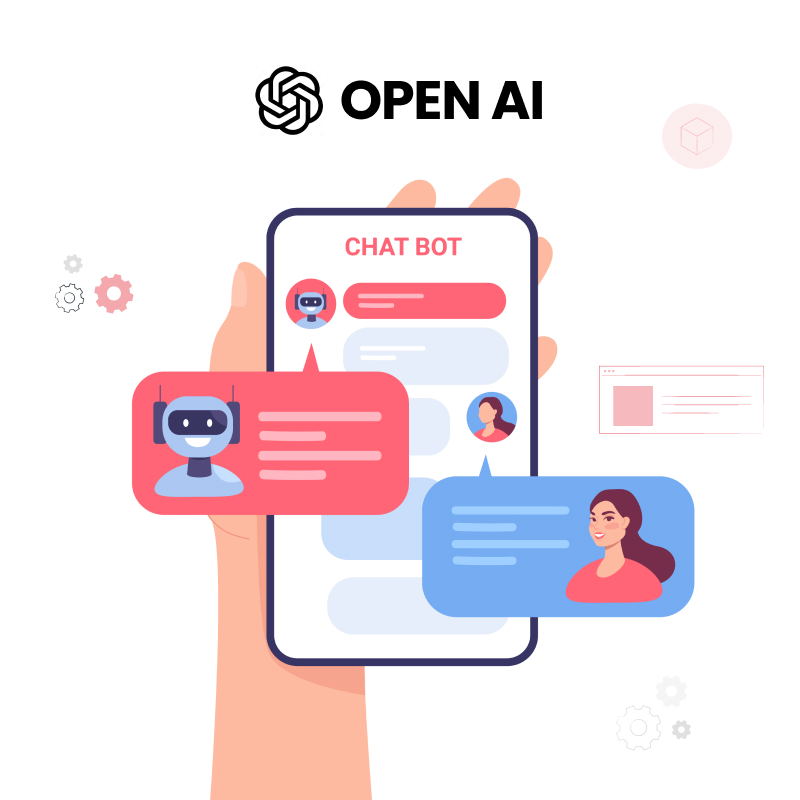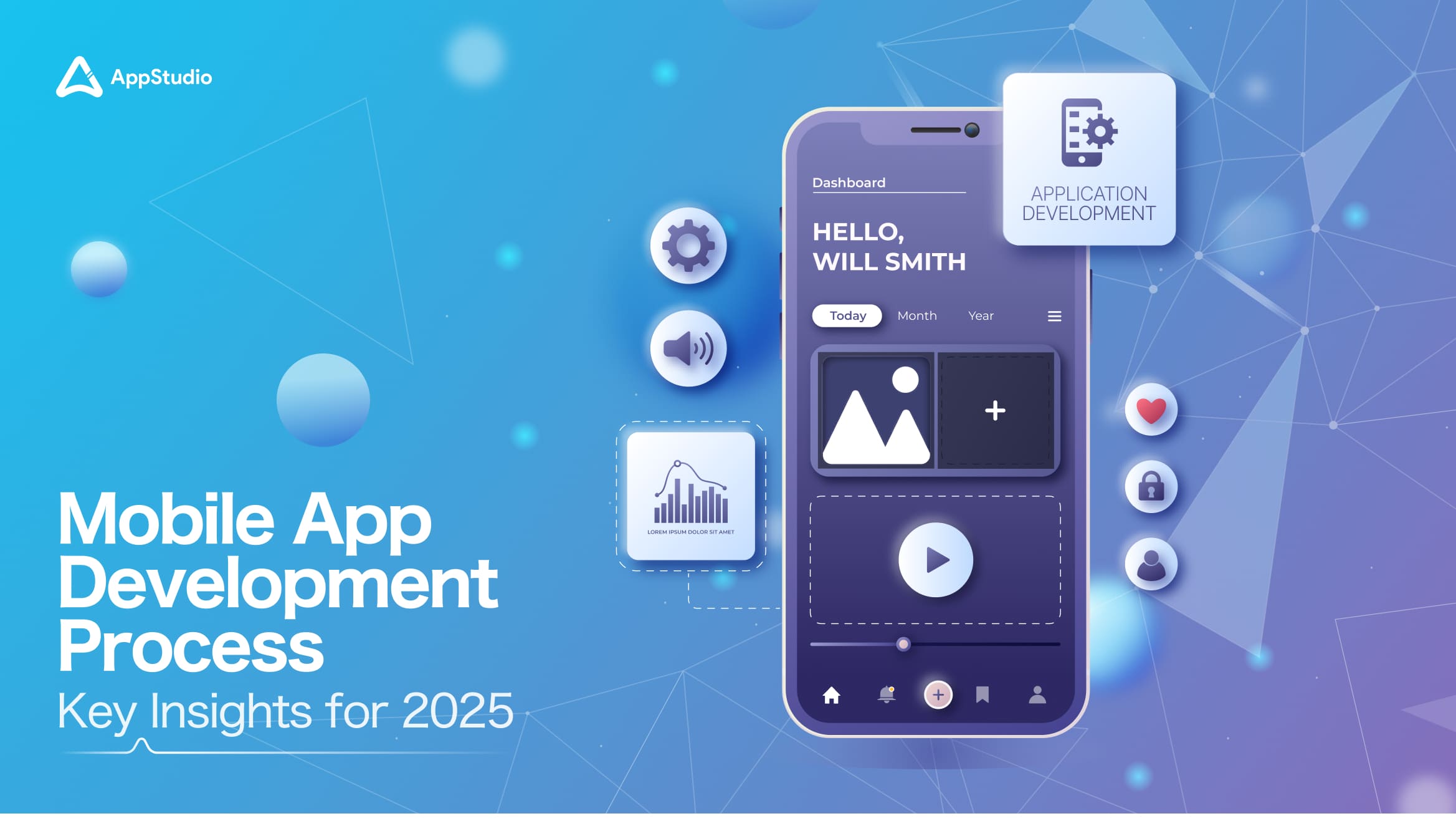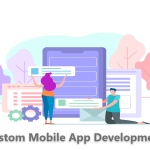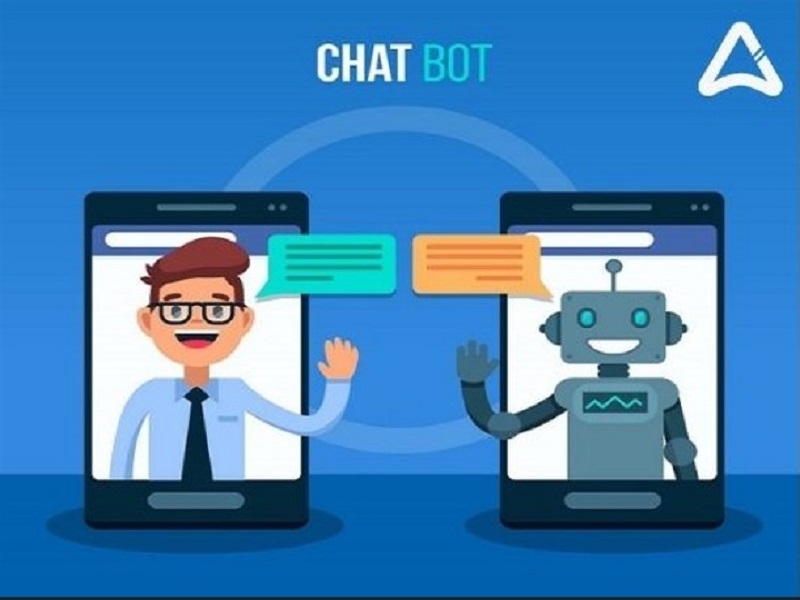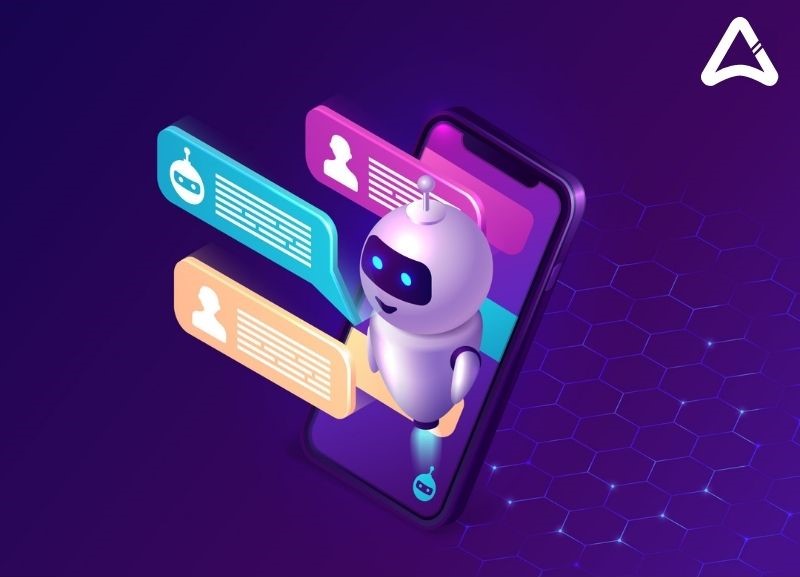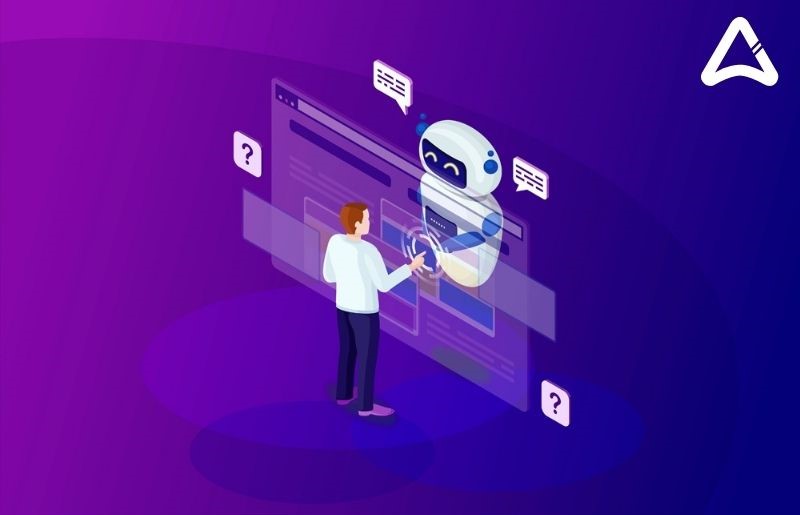Imagine a personal assistant who never takes leaves, is always available to serve you, and has instant answers to all the complex questions you can possibly ask, regarding any subject under the Sun.
Turbocharge this personal assistant with the power of Artificial Intelligence, and the result is ChatGPT – a chatbot that has stun the technological world with its intelligence and human-like conversations. And more importantly, its practical usage for businesses across different industries.
In this blog, we will understand what exactly is ChatGPT, have an overview of its working fundamentals and discuss some practical usages of ChatGPT, which will surprise you.
What Is ChatGPT
ChatGPT is basically an AI-powered chatbot.
Technically, it’s a natural language processing tool, powered by Artificial Intelligence, which enables users to have a human-like conversation and a lot more.
It was officially launched on November 30, 2022.
Within 5 days of the launch, ChatGPT had more than 1 million users, and after 55 days, they launched a paid version starting at $42/month.
At the time of writing, ChatGPT is worth $29 billion, and the valuation is expanding at a rapid pace.
Who Made ChatGPT?
ChatGPT has been created by OpenAI, which is an American AI research laboratory, backed by some of the biggest names in the tech industry such as Sam Altman, Elon Musk, Peter Thiel, Reid Hoffman, and Jessica Livingston.
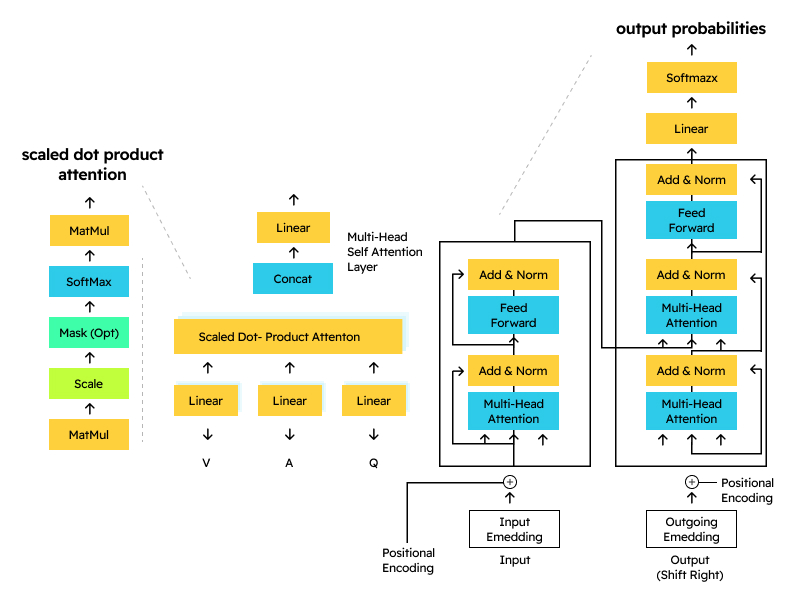
ChatGPT System Architecture via https://chat.openai.com/chat
Leading tech and IT companies such as Amazon, Infosys, and Microsoft have invested in OpenAI projects to create AI-based chatbots, tools, and automation, which can disrupt the way we work.
Besides ChatGPT, OpenAI has also developed DALLE•2, which is a popular AI art generator, and Whisper, which is an automatic speech recognition system.
What’s So Special About ChatGPT?
To understand the fantastic features and capabilities of ChatGPT works, we should start with its full form: Chat Generative Pre-trained Transformer.
Built on top of OpenAI’s GPT-3 family of large language models, ChatGPT works by learning techniques, and this is the most interesting part of this chatbot.
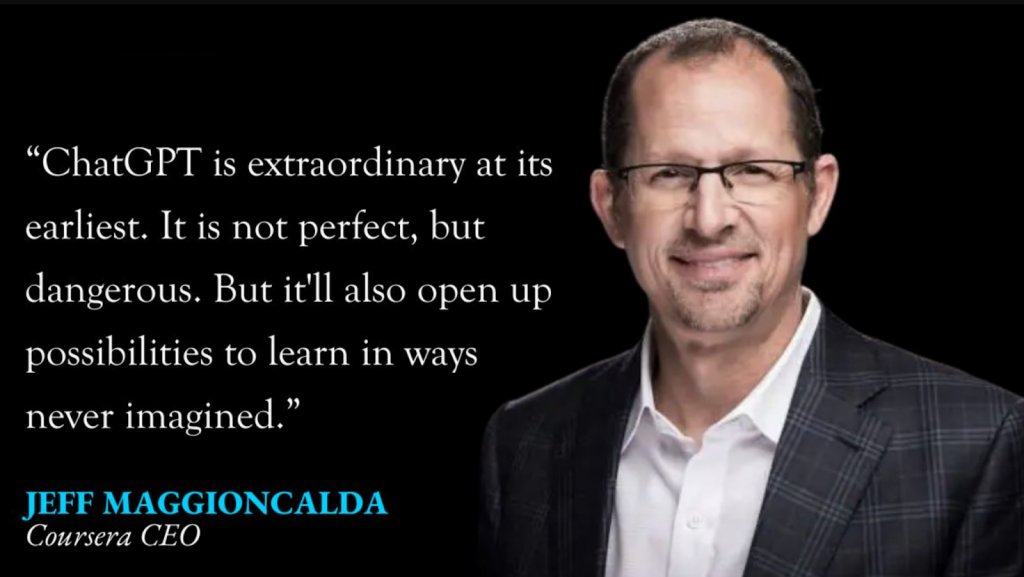
And well, sort of scary as well: It’s capable of not only understanding complex thoughts and ideas, but also producing them, improvising on them, and leveraging them to further fine-tune its performance.
Imagine Terminator on steroids!
As per OpenAI’s documentation, ChatGPT is becoming intelligent via ‘ supervised and reinforcement learning techniques’, which means that this natural language processing tool will improvise, reform, and remold itself, based on the learnings absorbed, user inputs, and the information available across the world wide web.
In fact, as we dug out information from OpenAI’s official reports, the current version of ChatGPT was built on top of GPT-3.5, and its intelligence was deployed by human trainers, who used both supervised learning as well as reinforcement learning.
It has been fed entire data which the world wide web had (as per some reports, information only till 2021.. But OpenAI is working to keep updating its information repository), conversations with real human beings, natural responses of sample users, historical facts, programming language, compositions of songs, screenplays, folklores, subjects of science, mathematics, geography and much, much more.
How ChatGPT Works?
In this section, we will have an overview of how ChatGPT works.
As mentioned earlier, ChatGPT is being trained (or becoming intelligent and insightful) via two learning techniques: Supervised Learning and Reinforcement Learning.
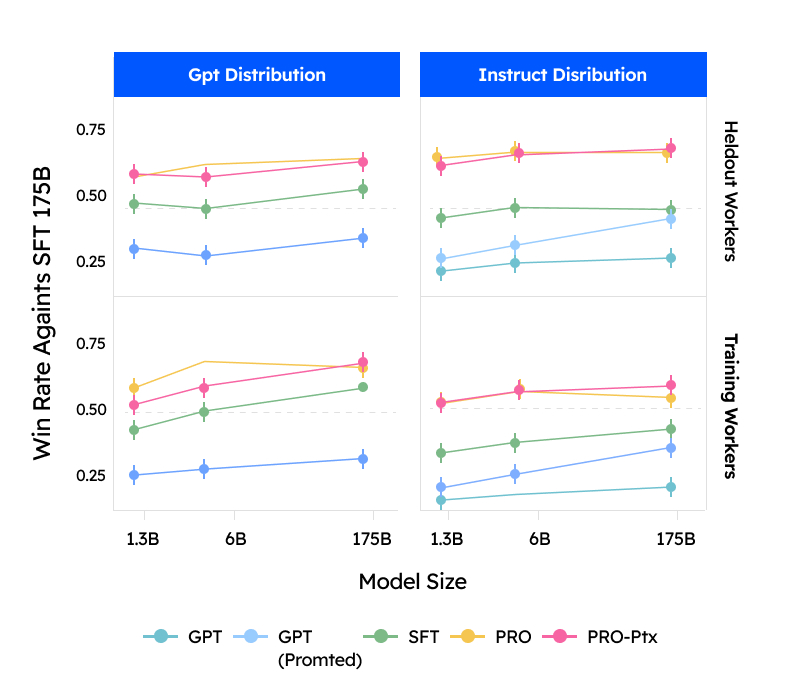
Out of these, Reinforcement Learning is the game-changer strategy, which has surprised the entire tech landscape, across the world.
Trainers of ChatGPT deploy Reinforcement Learning via Human Feedback (RLHF), in which, actual human responses and feedback are induced in the training loop, and this is the reason ChatGPT is able to produce human-like conversations with users, seamlessly, and swiftly.
This highly advanced learning model for natural languages has three main steps:
Step 1: The Supervised Fine-Tuning (SFT) model
In this step, demonstration data is collected (as much as possible), which is used to train the supervised policy model, which is now referred to as the Supervised Fine-Tuning (SFT) model.
To start with, a set of prompts are selected, and the human testers are asked to write down the expected output responses. In the case of ChatGPT, two versions of such prompts have been used: some prompts are prepared by the human testers, while some prompts are selected directly via OpenAI’s API requests (taken from existing GPT-3 customers).
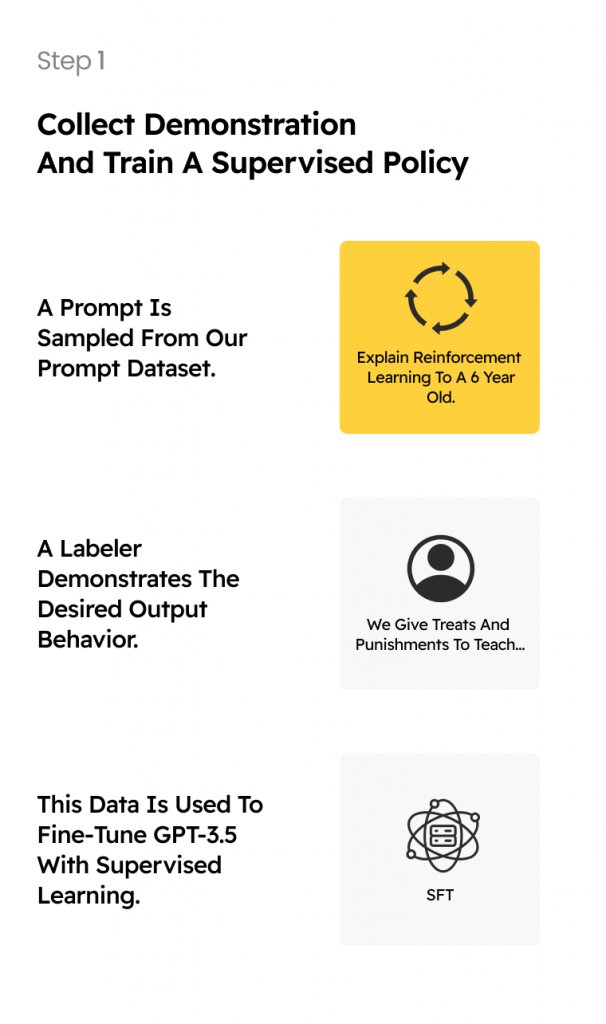
Although this step is time taking, the result is a highly targeted and curated dataset of approximately 12,000-15,000 data points, which are used to pre-train an existing pre-trained language model.
Another way of a supervised fine-tuning model is using the existing pre-trained model in the GPT-3.5 series, which makes the process faster and leaner.
Step 2: The Reward Model (RM)
The problem with Supervised Fine-Tuning (SFT) model is the scalability and cost involved. Hiring such a huge number of human testers and then curating datasets based on the responses of the language model is sometimes not feasible.
To overcome these challenges, a new Reward Model was introduced for training ChatGPT.
The core objective of this model is to learn objective functions, directly from the data.
A score is given to the SFT Model outputs, which will be directly proportional to the expected human responses. Eventually, with the reward model, the chatbot such as ChatGPT will be able to precisely mimic human responses.
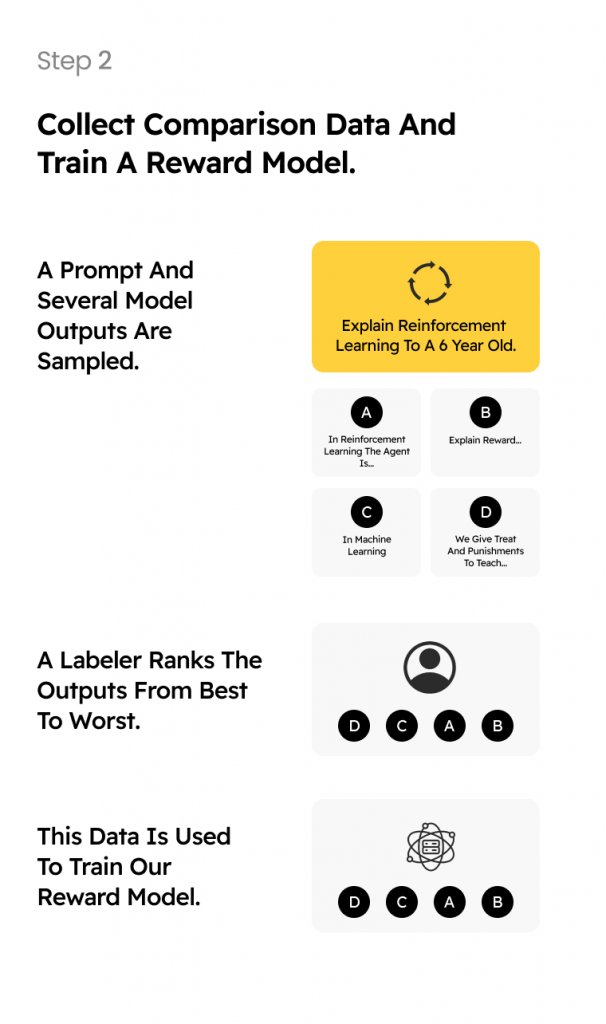
With this learning model, ChatGPT is able to learn swiftly, produce outputs that are nearest to a human response (40,000-50,000 prompts) and produce better results at a far less cost.
Step 3: Proximal Policy Optimization (PPO)
Proximal Policy Optimization or PPO is used to fine-tune the SFT Model, and this is done by optimizing the Reward Model.
Now, what exactly is Proximal Policy Optimization? It’s a specific algorithm, which is used to train the agents who are deploying reinforcement learning.
PPO is often called an on-policy algorithm, because it directly learns from the current conversations and prompts directly, rather than off-policy (example being Deep Q-Network), which is learning from past experiences.
A unique strategy called the trust region optimization method is deployed to train the agents, wherein the changes to the new policy are constrained to a limit, as compared to the previous policy, which ensures that the language model doesn’t deviate much from the expected outcomes. In short, it ensures stability.
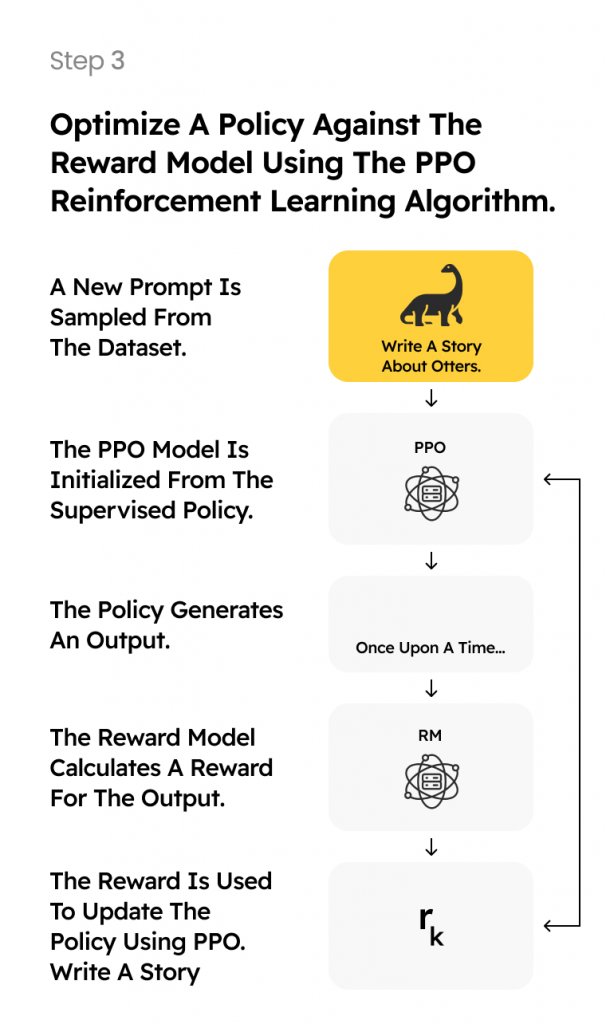
As a final step, a Performance Evaluation is conducted, which observes the responses by ChatGPT based on: Helpfulness, Truthfulness & Harmlessness.
For evaluating Truthfulness, a special TruthfulQA dataset is deployed, whereas, for harmlessness, ChatGPT is benchmarked against RealToxicityPrompts and CrowS-Pairs datasets.
No doubt, there are some shortcomings as well, related to these steps & strategies to make ChatGPT intelligent and impactful.
And OpenAI is right now working on these, to create a better version of ChatGPT.
You can have more information on how ChatGPT is being trained and the strategies being deployed for making ChatGPT intelligent here: InstructGPT paper (ChatGPT is based on this paper, as per the creators)
Practical Use Cases Of ChatGPT
The big question regarding ChatGPT is: How will it impact businesses and the way businesses are being conducted?
And the answer is: In an unimaginable way!
Since ChatGPT learns continuously, it changes itself as per the data and information being fed, adds on its own intelligence, and then molds itself to the user’s inherent and specific needs.
And this means businesses can use ChatGPT for myriad processes and functions.
Here are some practical use cases of ChatGPT (this is just the start of a business revolution!)
Mobile App Development & Software Development
ChatGPT can be trained to write specific code snippets for specific functions and processes, and provide the output which you need. In the case of Python language, ChatGPT can also debug the code, fix errors, and more.
It’s still early to say whether ChatGPT will be able to create an entire mobile app or not, or develop new software from scratch or not. But we are sure that this AI chatbot can solve a lot of problems when it comes to programming.
Customer Service
Now, this is a business function that can be effectively and efficiently executed by ChatGPT, because it can converse as a human does, and that too with intelligence and insights!
For example, ChatGPT can quickly access the customer’s previous interactions and then provide a customized solution that will delight the customer.
Other examples can include creating a database of Frequently Asked Questions.
It can interact with the customers based on their tone and their way of thinking, offer them customized discounts and offers based on their needs and a lot more.
Healthcare
Health and wellness is an industry, which can have a massive impact due to ChatGPT. Imagine a highly specialized health bot, which knows in and out of patients’ history, doctor’s availability, and medicines that are promptly needed for the patient, in some advanced cases, can diagnose the illness based on the inputs of the patients, and their history, booking appointments and more.
Venture Capitalists have infused billions of dollars into healthcare bots, which are being created using ChatGPT, and this is very good news for the AI community.
Personal Assistant
As mentioned earlier, ChatGPT can work seamlessly like a highly intelligent and interactive Personal Assistant, who can search the web for you, scoop out interesting information, book appointments, store information, and remind you of critical dates (wishing marriage anniversary to your boss!) and more.,
Here is an excellent example of booking appointments (based on availability) by ChatGPT:
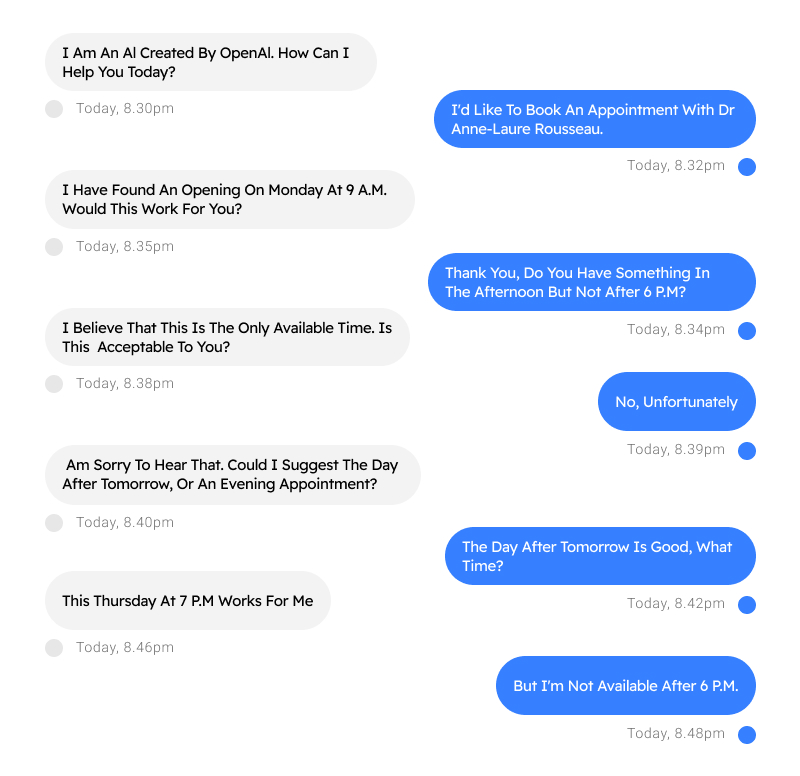
ChatGPT can analyze and process a large amount of data, based on the criteria selected, and specific business needs.
Not only data processing, but ChatGPT can also provide key insights and wisdom based on the data analysis, point out and remove errors, and even suggest improvements and edits if properly trained.
For example, marketing managers can ask ChatGPT to process spreadsheets with hundreds of rows and columns to provide insights about their ROI for a specific region and then ask for suggestions to improve the ROI and marketing campaigns.
Hospitals can ask ChatGPT to analyze patients’ data, medicines allocated, availability of rooms, and more critical tasks, in run-time.
And we have barely scratched the surface here.. ChatGPT can be used in science experiments, in education, in the food business, for technological startups, in the entertainment industry, in copy creation, paintings, music, and more.
We at AppStudio are extremely pumped up, and excited about ChatGPT, and its practical implementations. We are exploring and discovering newer, more powerful capabilities of ChatGPT, trying to decode its core logic, and experimenting with how this natural language processing tool is creating a new tech and business landscape.
Connect with our AI experts at AppStudio, and find out more about ChatGPT, and how it can positively impact your business. Schedule an appointment with our Mobile App Engineers right here.
